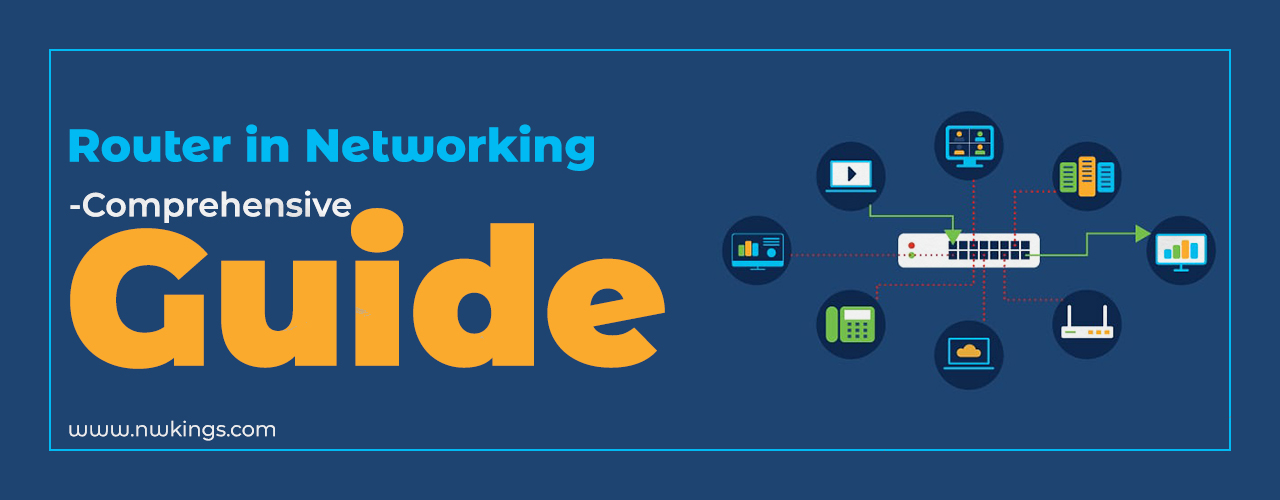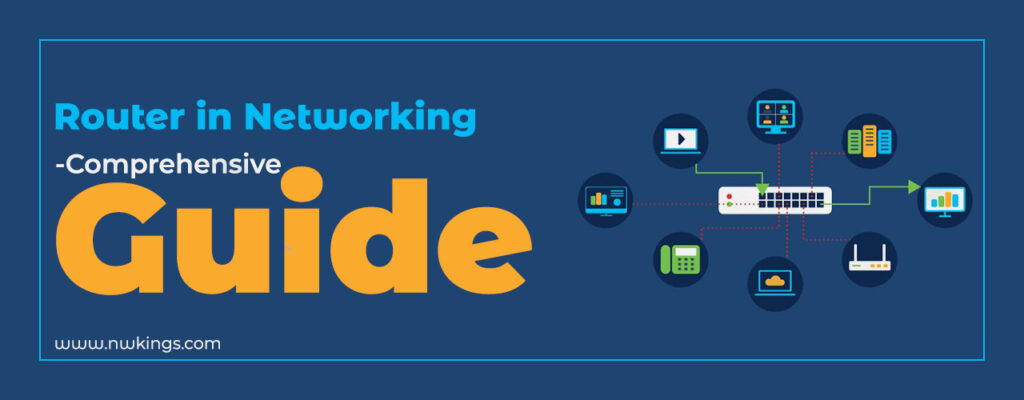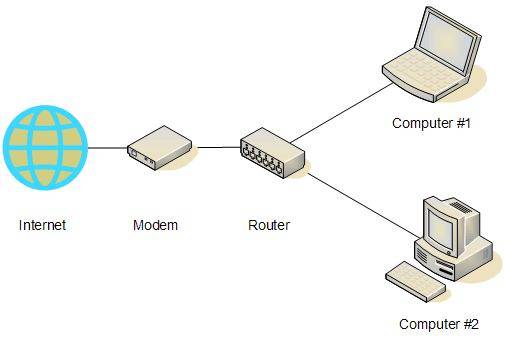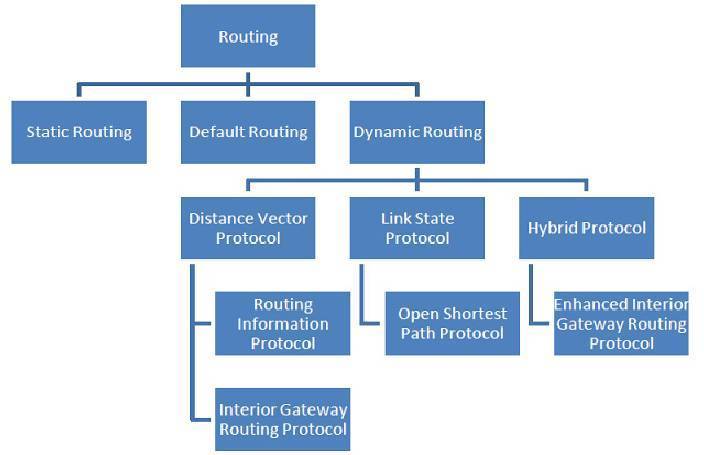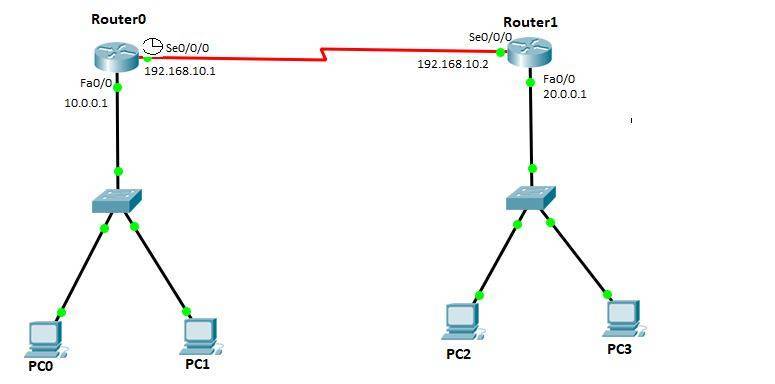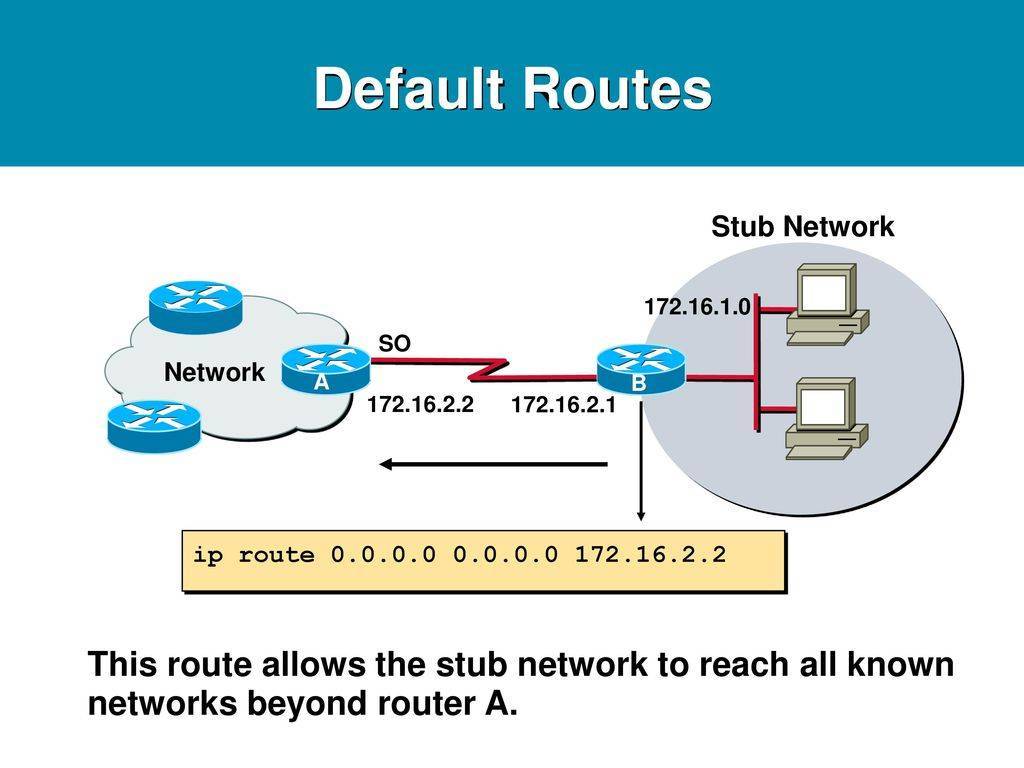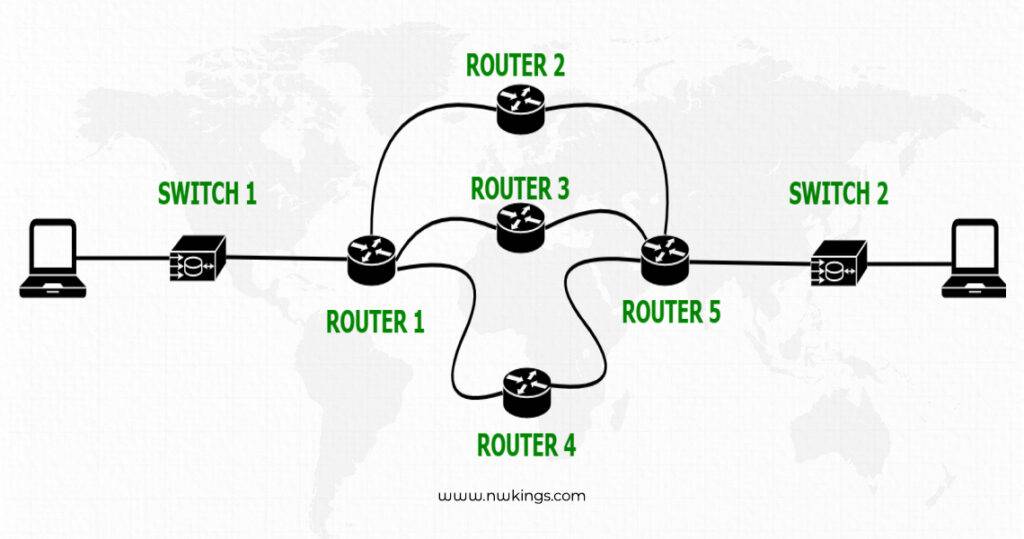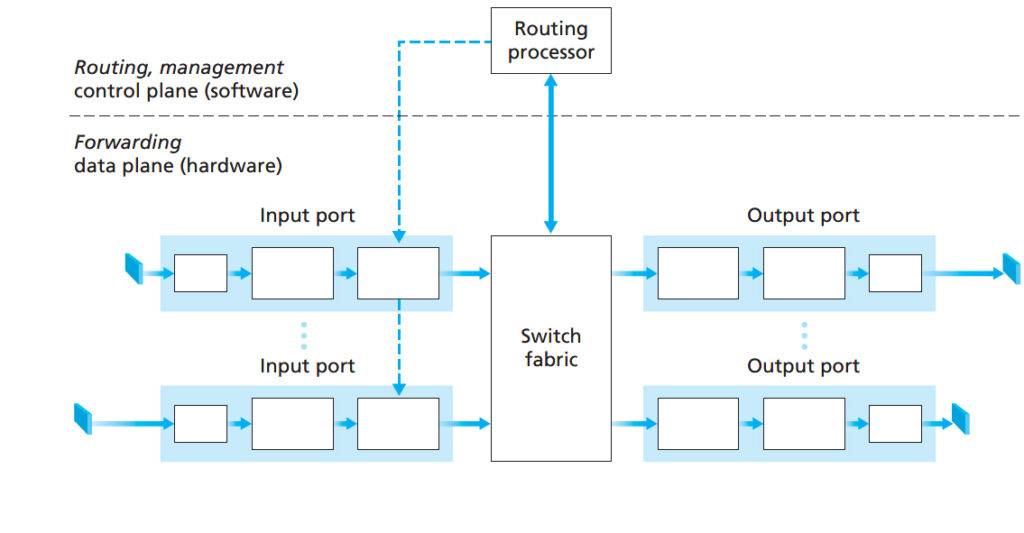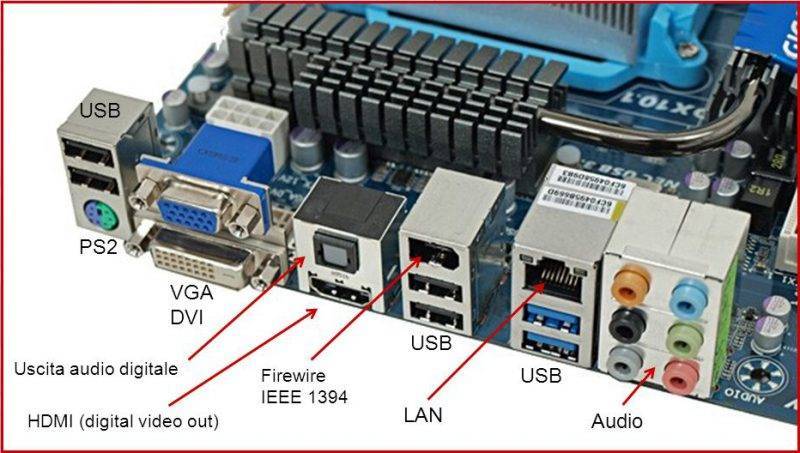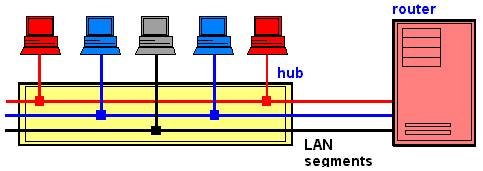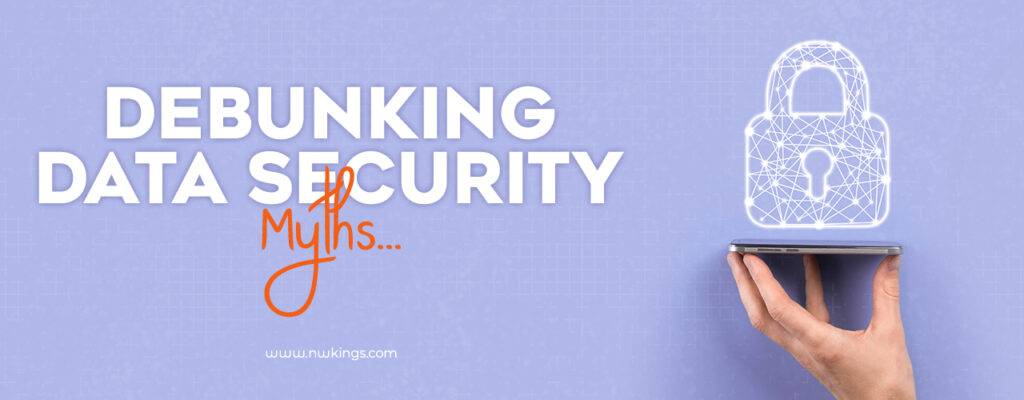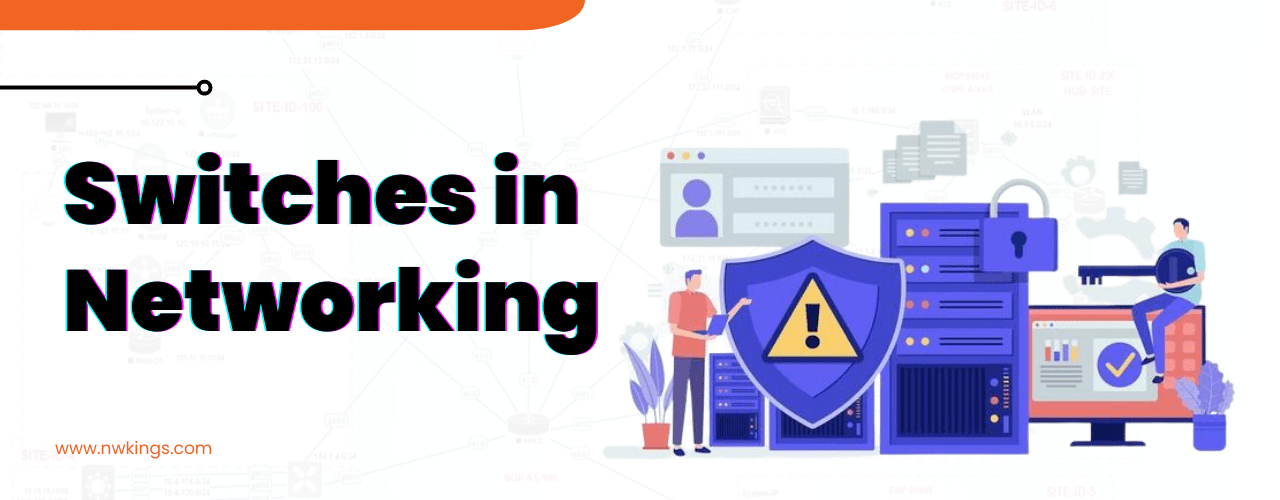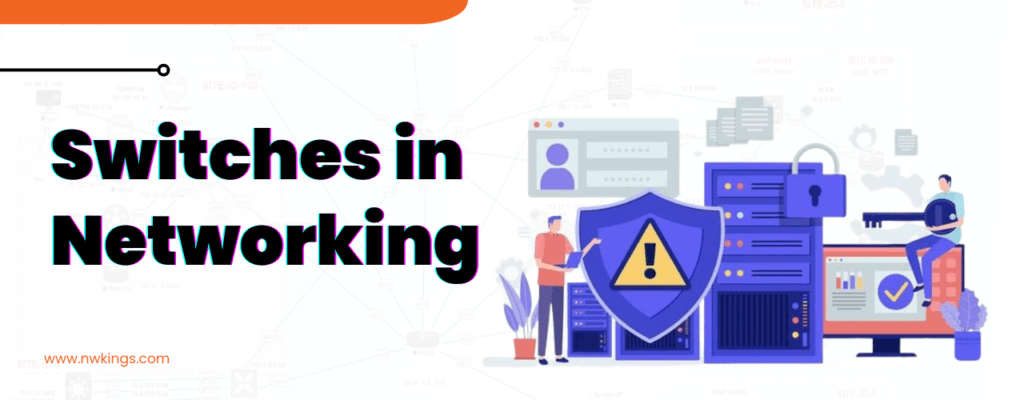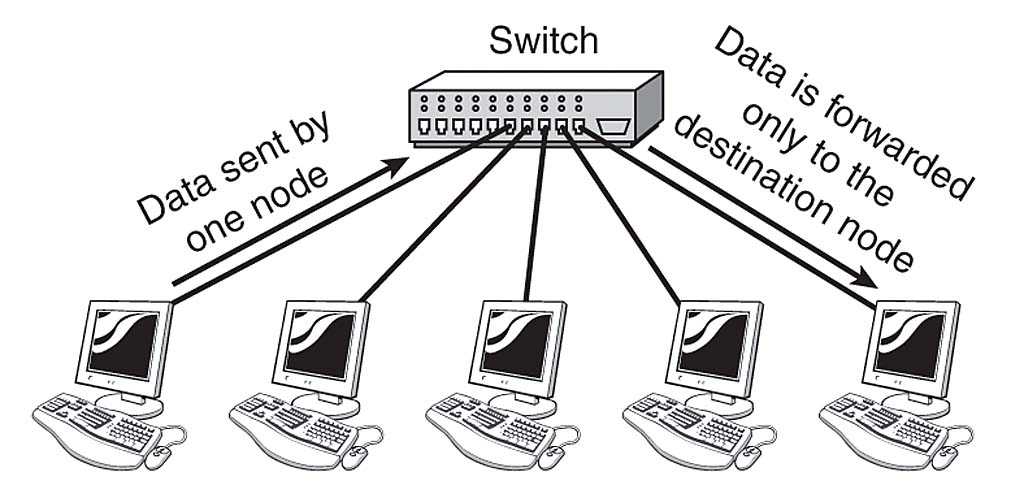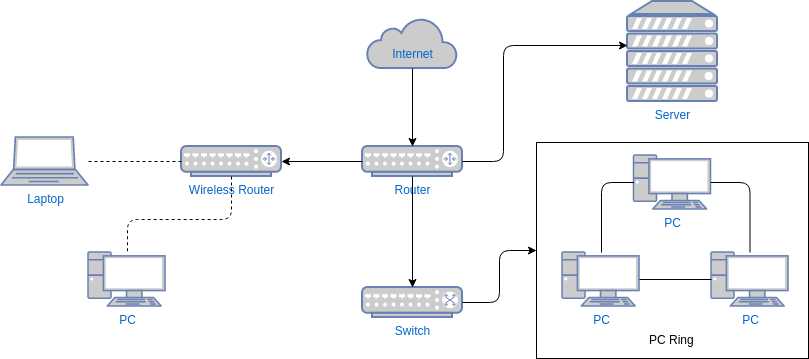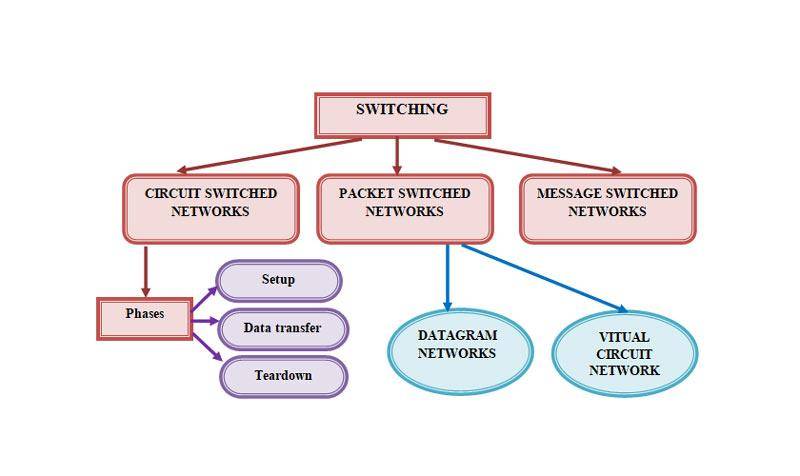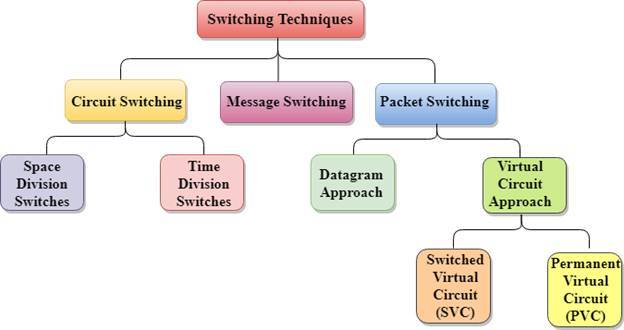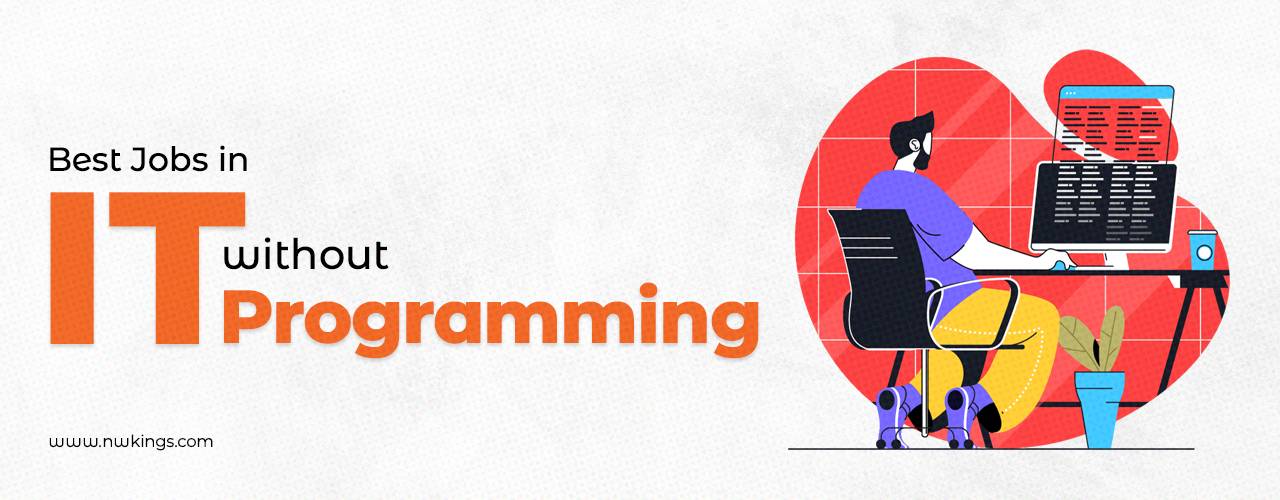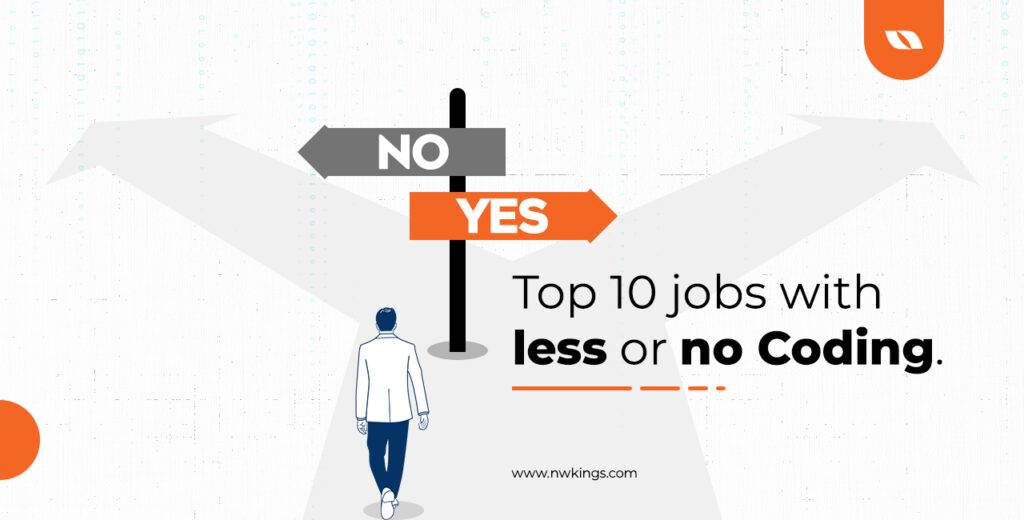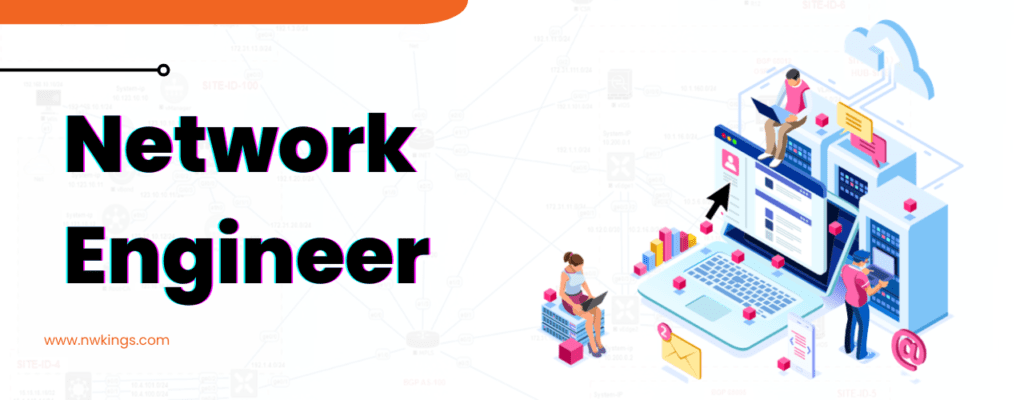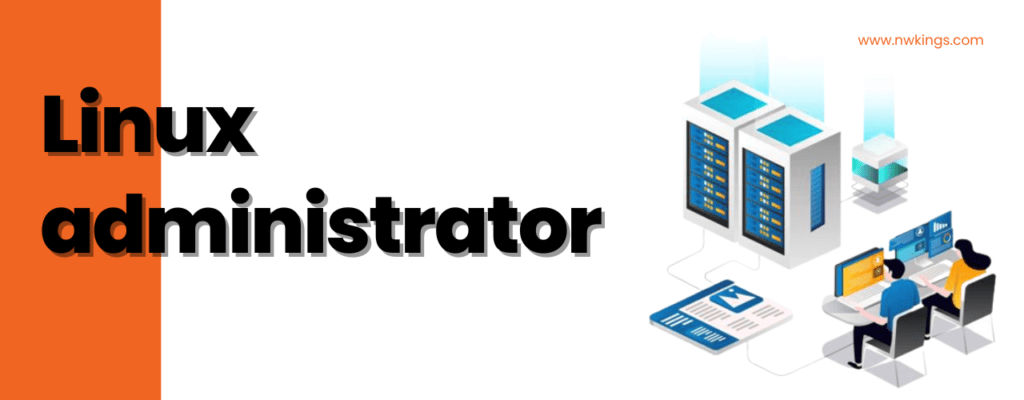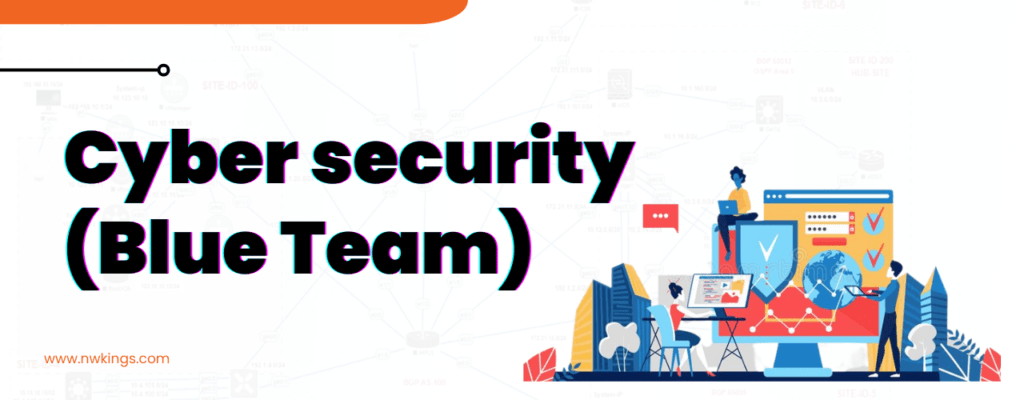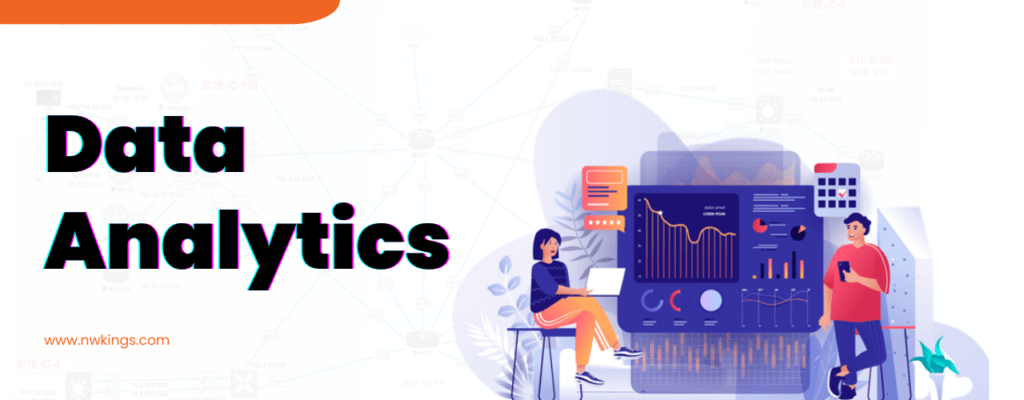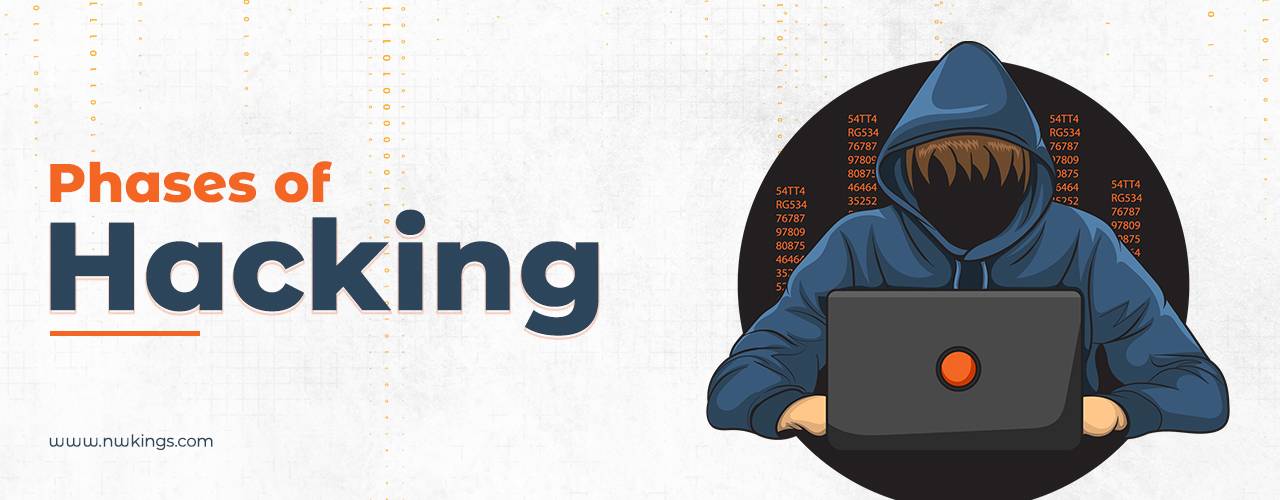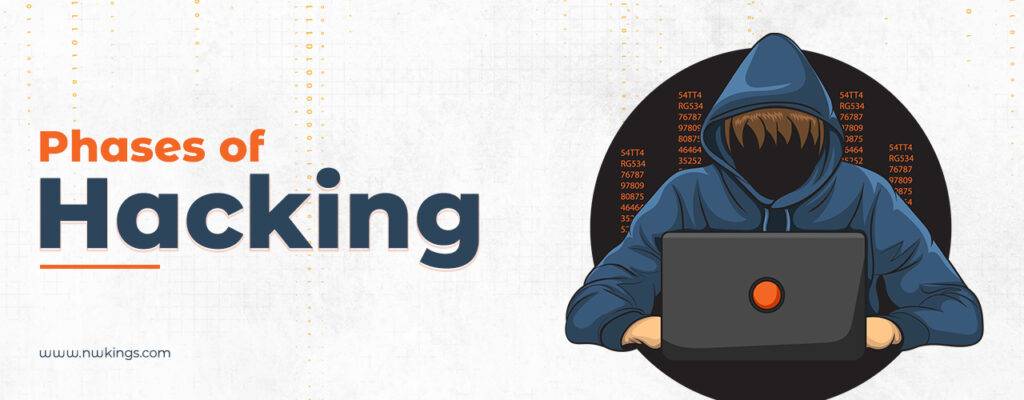
“Thank you, for the offer, I’m looking for a remote job, the work from anywhere kind.” You’ve all come across this statement I’m pretty sure. If you are hiring, then you’ve heard it and if you are the one getting hired, I’m sure this is one of the demands or bargains you put up.
Well slowly the culture is getting more hybrid, ie. working from home and working from anywhere is just as common as working onsite.
In this blog, we shall have a look at the best work from home IT Jobs and job roles, that are supportive of this newly introduced hybrid culture of working. IT is a field that can very well, support this as technology is the root cause of facilitating this culture. So foremost, we are discussing jobs in the landscape of IT.
Best Work From Home IT Jobs- Setting Yourself up for Success
Here are some of the Best Work from home IT Jobs from all around the world. The job Role are as Follows.
1. Technical support
The job profile of a technical support representative may not sound as lucrative, but the facts are highly varying. The individuals holding this position are of paramount importance, in several operations. This is one job role that can be very well done remotely as well.
The only very basic requirements in this job role are, a strong home phone and internet service.
It is a vital role, for people, who are looking to work flexible hours as companies, most times, employ people in this job role, in shifts.
While we are at it, let’s also see how one can land these jobs that have them working from anywhere.
One can start their journey to the profession of technical support. Foremost, the right kind of education for the respective field is very crucial.
Best Suited Courses:
The best-suited course is that of technical support, being offered by Network Kings. The program is tailored to meet all the character requirements for this role.
This program is a combination of CompTIA A+, CompTIA N+ and CompTIA Security+ courses. In this program, an individual learns to be a great IT and overall computer tech.
Also, this program also renders the skill and knowledge to design and implement functional networks. A person becomes efficient in handling threats, attacks and also vulnerabilities.
2. Security Operations:
This area has become a hot pick for a lot of people venturing into this industry. Security operations are the area that facilitates multiple job opportunities, at all levels, as grassroots as entry-level as well.
Although a lot of conventional roles in this area do need an individual to sit across a screen, for the purpose of responding to the incidents.
The liberty of working remotely is also beneficial to enterprises as they can have an individual assigned the role work for them, on odd hours, with the help of flexible hour shifts.
Best Suited Courses:
There are many courses in the field of security that help a person insert themselves in the IT industry’s security domain. A few of them are as follows:
CEH- Certified Ethical Hacking.
Certified Ethical Hacking, is a certification that provides an understanding of the various phases of the hacking phases. An individual also learns to detect any potential threats.
CompTIA PenTest+
This certification is referred to as an cost effect certification for an individual looking to enhance their skills in planning, scanning and scoping as well as being efficient in handling the weaknesses.
CompTIA Security+
This is a beginner level, security course which happens to cater to the network security fundamentals’ learning. This is often considered as the stepping stone to the world of cybersecurity.
3. System Architect:
The job role of a system architect has a very wide horizon and also makes it possible for remote work as well. This professional role makes sure a person can work for various numbers of platforms. This way an employee can elevate their exigency at their workplace.
Since these systems are present in the cloud so they are not bound to a regional data center in any which way. Hence they can very much take their work with themselves and work efficiently as per their duties.
Best suited courses :
The best-suited courses that can be helpful for an individual to scale heights are in the field of AWS or Azure or Google. Cloud, as it is, is flourishing to its zenith. All these are cloud vendors that facilitate cloud computing.
AWS(Amazon Web Service) – This is offered by amazon, which is reckoned to provide the most trusted yet inexpensive cloud computing services.
Microsoft Azure- Microsoft is another cloud service provider by Microsoft. This platform aims at facilitating edge-cutting computing that is secure and meant for hybrid, efficient computing.
Google cloud platform- Like the former two, this is a slow cloud service provider. Google cloud platform specialises in data management that is hybrid and multi-cloud in nature as well.
4. Software Engineer/ DevOps :
The role of software engineers and DevOps are not alike, but they both have a similar goal, whatsoever. This job renders the ability to automate the boring stuff, and further develop the strategies, to further progress as a DevOps engineer. This work profile is perfect for working from anywhere that suits you.
Best Suited Courses:
Docker- Docker refers to a suite of software development tools that are utilized for creating, sharing and also efficiently running individual containers.
DevOps- DevOps refers to a set of practices that are utilized to combine softwares and IT operations. It aims to shorten the systems development life cycle. It also makes sure to provide continuous delivery with high-end quality software.
Microsoft Azure-Microsoft Azure is a cloud computing platform that is operated by Microsoft for all kinds of application management by the means of Microsoft-managed data centers.
5. Penetration Tester/Security Engineer:
The security of any system, or multiple systems in an organization is of utmost importance. An individual could be working on firewalls, aiding security, threat detection or prevention. Their duty is to extend support to the defense of the organization.
This job role can be carried out from any place, hence it is supportive of the hybrid working culture. An individual can work from any place that they feel they need to be. They just have to keep in consideration that the security of a system is pivotal.
It is hybrid as a few tests in pentesting need physical testing so the candidate will need to be present on site. Whereas for other tests one can do that from elsewhere as well. There are certain clients who simply want to test how vulnerable or not their systems are.
Best-suited Courses:
The best-suited courses for the same are;
CEH- Certified Ethical Hacker is one of the most revered courses to enter the field of security. To enter the field of Pentesting CompTIA Pentest+ is the best course certification.
Conclusion:
There are multiple job roles that one can do adapting the hybrid nature of work ie. from anywhere they like. The nature of work is available in pretty much all sectors of jobs, especially desk jobs. There certainly is a scope for such jobs in the field of IT as well.













